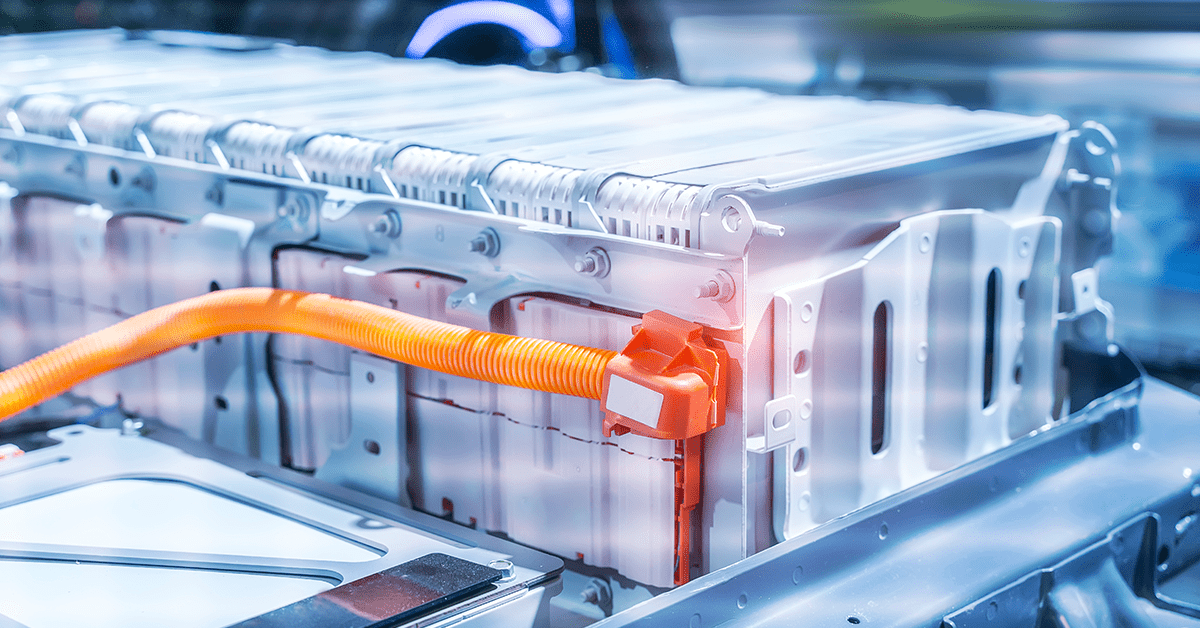The lithium-ion battery (LiB) is the mainstream secondary battery currently used in battery electric vehicles (BEVs). Ternary LiB is a type of battery primarily composed of nickel-cobalt-manganese (NCM) or nickel-cobalt-aluminum (NCA).
To increase energy density per unit volume, the use of high-nickel content is being explored. However, concerns have been raised about potential risks, such as thermal runaway.
Also, when the battery temperature reaches 60 °C due to the accumulation of heat generated during rapid charging, degradation accelerates dramatically. During summer, the temperature inside a car can reach nearly 100 °C, and if the heat builds up inside, the battery temperature can quickly climb to around 60 °C.
Almost all of the BEVs currently operating in Japan have installed ternary LiBs that cannot overheat. The alternative that minimizes the risk is lithium iron phosphate (LFP) LiB.
It uses fewer rare metals, resulting in lower costs and greater safety. Low energy density per cell used to be an issue, but improvements in cell layout and cell pack design are “actually increasing density”.
Chinese LiB suppliers, such as CATL, BYD, and Guoxuan High-Tech, are expanding their adoption of LFP LiB, which are now installed in about half of all Chinese-made BEVs. Sales of Chinese OEM BEVs began in Japan, with many featuring high-density LFP LiB.
Japanese OEMs are also planning to launch higher-density “bipolar LFP LiB” by the late 2020s. Safer, cost-effective BEVs will likely appear successively.
